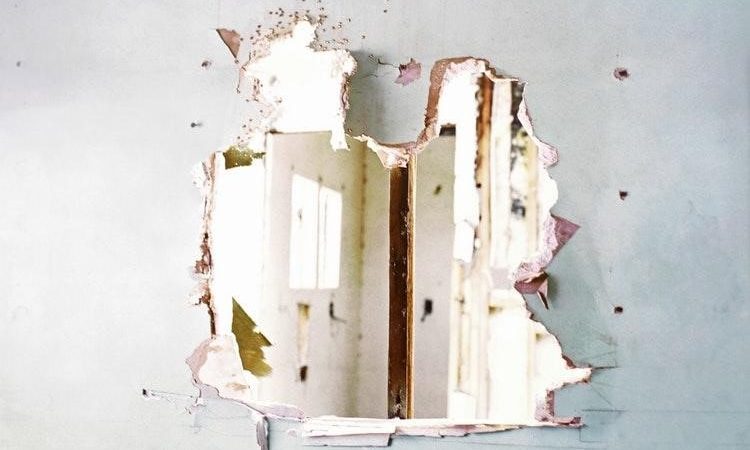Many people looking for real estate bargains choose fixer-uppers: bargain properties with bags of potential. But is it always worth it? Sometimes the price is low for a reason – it’s just not economical to turn the property around.
In this post, you’ll discover how to know if you’ve found a fixer-upper property worth investing in or not.
The Cost of the House Plus Repairs Is Lower Than the Market Rate
Fixer-upper costs include both the asking price for the property and all the associated repair fees. Thus, whenever you consider a property like this, you need to think about both the ticket price, and how much it will take to bring it up to standard.
Let’s say that you find a cheap property going for just $50,000. Other similar properties in the area cost $110,000. So, on the face of it, it looks like you’ve found yourself a bargain.
However, if the cost of doing it up is $60,000, you haven’t made any money at all. You might as well have just bought the more expensive home. At least then you wouldn’t need to carry out any building work.
Ideally, you want the total cost of the home and maintenance to come in well under the asking price of other similar properties. So, in the above example, $50,000 on the house and $20,000 on repairs are reasonable.
There Are No Serious Infrastructural Issues
The best type of fixer-upper properties are those with purely cosmetic problems. Repairing a wall and replacing carpets is easy compared to redoing the foundations and repairing the roof.
Thus, when looking for a new property, always get professionals, such as those at hornsbyelectric.com.au, to check key systems. Make sure that the electrics are new and don’t need full rewiring. Ensure that there are no cracks in the foundations. And find out when the previous owners last replaced the roof. You don’t want to find yourself saddled with these costs later on. Look out for common warning signs listed at forbes.com.
The Location Is Excellent
Sometimes, it doesn’t matter if the property is in a dreadful state, so long as it is in the right position.
Let’s go back to our $50,000 fixer-upper property example. Suppose that instead of being in a suburb out of town, the house is a unit right in the middle of town. In this case, the value of refurbished properties in the area is more like $200,000. Under these circumstances, the original asking price of the property is largely unimportant. Even if you spend $140,000 on repairs, you’re still in profit.
Location, therefore, matters. If the fixer-upper is going for a low price in a great location, that increases your margin of safety.
You Have the Time to Sort It Out
Think carefully about whether you have the time to take on a fixer-upper. Remember, you can usually only make a profit if you take on the job yourself. So you’ll need to work out if it is worth your time in advance.





